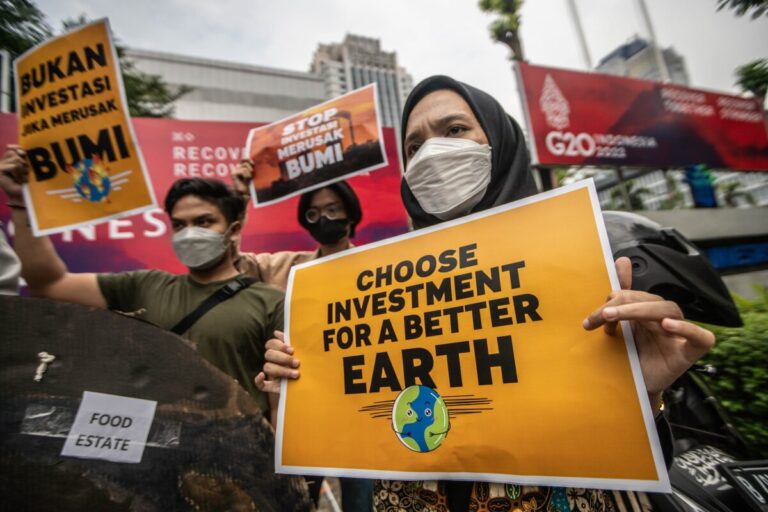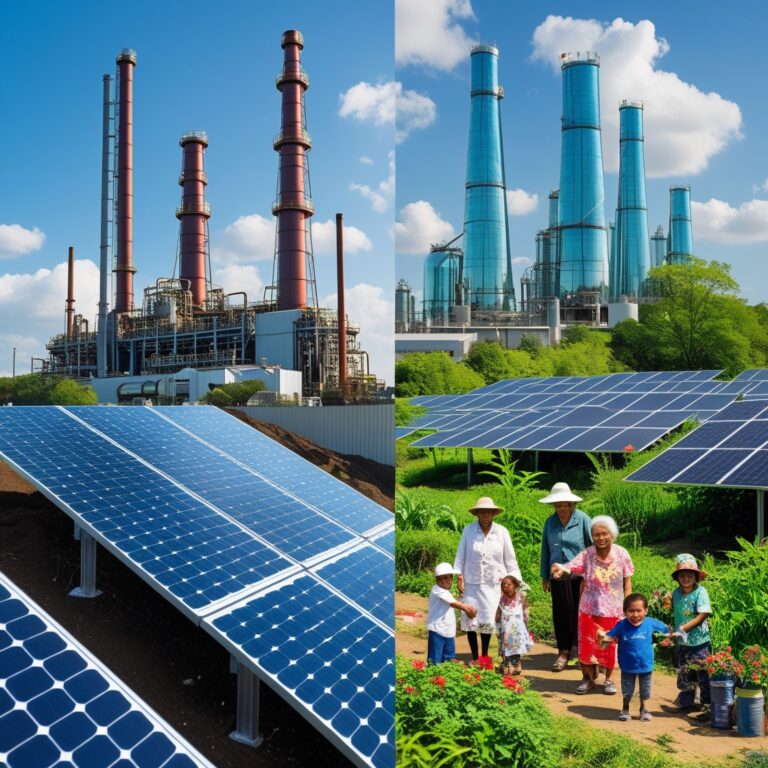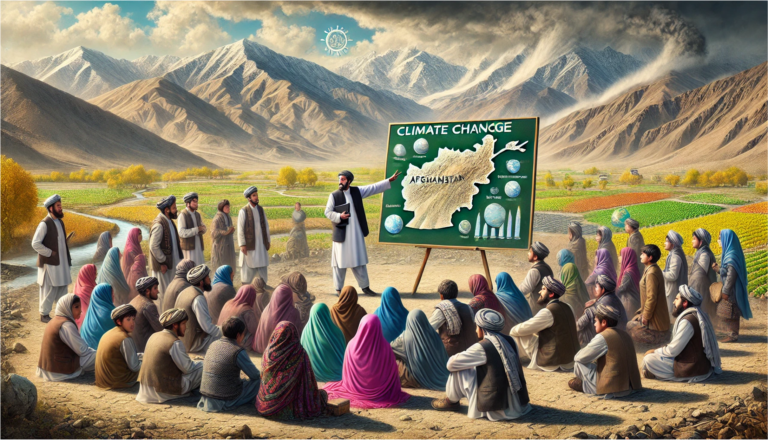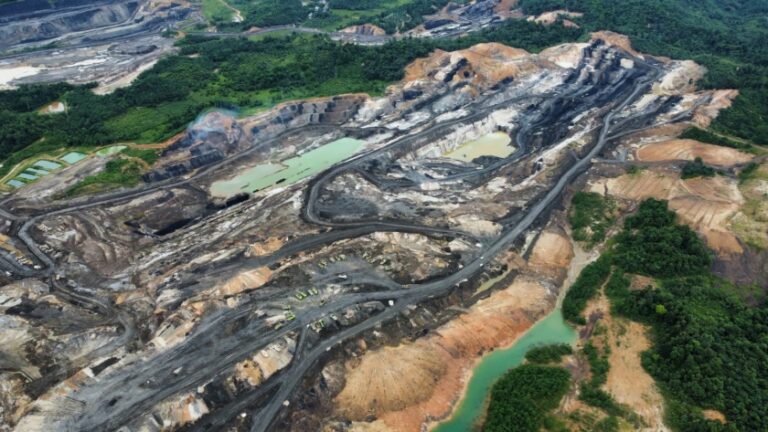The Baku Summit: A Step Backward
Around 195 parties and more than 90 heads of state and government gathered in Baku, Azerbaijan to review the implementation of the Paris Agreement and to set a new climate finance target for its effective functioning.
The NCQG set a climate finance quantum of at least 300 billion dollars annually until 2035. This quantum is to comprise a diverse list of sources, public and private, bilateral and multilateral, as well as innovative sources. The $300 billion is half the provision of purely public finance that developing countries demanded. Achievement of the target is not dependent on the ratifying governments and their commitments but requires an extraneous effort to be made by private non- state actors.
COP29: The Failure of Climate Finance Commitments
The key issues regarding climate finance from COP29 are the traditional problems of realizing the obligations, sharing the burdens and responsibilities fairly, and heralding the transparency of the organizational structures responsible for climate finance. Even though developed nations committed to mobilizing $100 billion annually by 2020 for the developing world, this goal has not been fulfilled periodically, undermining trust in the process (UNFCCC, 2023).
The new financial goal is a failure and a step backward. Its annual $300 billion by 2035 goal and a $1.3 trillion nebulous investment promise are inadequate in both quantity and quality and ignore the needs of developing countries and their people and communities. Liane Schalatek from Heinrich Boell Foundation Washington, DC, stated, “The $1.3 trillion per year by 2035 for the developing world includes finance from all public and private sources.”
Investment in renewable energy technologies in developing countries was $544 billion in 2022.
Climate Finance Pledges: A Debt Trap for Developing Countries
So, the climate finance pledges that developed countries are providing at the current climate conference do not match the stated ambitions if one looks at the evidence critically. For instance, the Copenhagen Accord was made in constant 2005 US dollars, and in 2009 $100 billion annual war pledge was never met or mobilized even though some estimates indicate that by 2022, it was at $83 billion too was in the form of loans that made the developing nation indebted again. For example, Bangladesh received only one billion dollars out of the two and a half billion dollars pledged to it, out of which 75 percent was’ debt relief. Likewise, African countries, which produce less than 4% of global emissions, continue to experience growing losses from climate-related impacts, although they are promised a little more than a drop in the bucket.
When we seek to find the value of the proposed $250 billion annually by 2035, using $1.06 for $1 in the current year, it equates the value to be the same as the unmet $ 100 billion pledges from 2020. This makes apparent the illusion of enhanced commitment. How grant-based financing is
excluded aggravates the inequality problem, While the developed G7 countries aim at decreasing their emissions, catastrophic climate change-related floods in Pakistan and Mozambique leave nations to take loans for reconstruction and thus fall into debt traps.
Pakistan and Mozambique can also be taken as examples of this problem. Pakistan, which recently experienced floods in 2022 that resulted in over $15 billion in damage, continues to get inadequate support, with most of it offered in the form of loans, hence deepening its debt burden (World Bank, 2022). Such inconsistencies and failures reveal the fact that developed countries tend to over-hype their efforts while they lack adequate actions and continue to perform poorly on their Paris Agreement commitments. Real climate justice means that in countering it, what is needed will be realistic, affordable, and equitable financial instruments to help the Global South deal with a problem it did not cause.
The True Scale of the Financial Shortfall
Mainly, developing countries put forward an amount of over $ 1 trillion for yearly financial targets to address climate change, but it is said that negotiations among the parties on the volume were from $ 900 billion to $ 200 billion per annum. Not even on the higher end of this range would it be possible to achieve the goals outlined in the Paris Agreement. We are $6 trillion a year away from what should be mobilized between now and 2030 to ensure we achieve the Paris climate targets.
The sectors with the greatest climate finance needs are energy ($2.8 trillion per year between now and 2030); transport ($1.7 trillion); agriculture, forestry, and other land use (AFOLU) and fisheries ($1.1 trillion); and buildings ($1.1 trillion). Industry requires the least climate investment of any sector in our study ($560 billion) (A&O Shearman, 2024).
Geopolitical Power Dynamics and Colonial Legacies in Climate Finance
To truly address the climate finance crisis, we must recognize an often overlooked but critical issue, the influence that ‘geopolitical power politics’, colonialism, imperialism, and postcolonial relations bear on the financial framework and the bargaining around climate finance. The sums mentioned, like $6, trillion of shortfall, $2.8 trillion of energy, and $1.7 trillion of transport, are quite familiar to everyone Yet, there is something more to these numbers hidden beneath the surface, which is still ignored by a by and large population. This paper also shows that the global financial rules regulating climate finance are still rooted in colonial relations between the developed and developing world.
One example is the IMF and the entire World Bank structure that still functions today as an extension of the wealthiest members only. This affects even the distribution of loans, the rates of interest charged, and the terms given to qualifying climate projects. Instead of getting grants or the least costly loans, many developing countries are trapped in highly conditional loans, which link climate policies to economic Structural Adjustment Programs, thus resulting in a cycle of indebtedness. For instance, today, the climate finance that Kenya or Zambia secure comes with
conditionalities that encourage privatization and deregulation, which in essence, is a disincentive for sustainable development.
Also, colonial masters exploited their former colonies for centuries, taking most of the capital forms and technology related to climate change solutions, leaving these nations with none. Climate negotiations for accreditation for compensation through debt or grants deny the Global South financial and ecological responsibility due to resource depletion and extraction. For example, natural resource-endowed countries of the Global South, like Nigeria and Angola, were among the biggest emitters during the twentieth century. However, the wealth derived from fossil fuels went to the developed nations of the Global North, while the nations that have been left struggling with fossil fuels’ pollution and climate change impacts were half-prepared with inadequate physical infrastructure and institutions that could cope with these emerging environmental challenges. Nigeria is a clear illustration, where, on the one hand, oil exploitation has aggravated the environmental woes of the Niger Delta, on the other hand, it lacks adequate funds internationally to tackle climate change or even deal with the environmental consequences stemming from the exploitation of oil resources in the Niger Delta.
Therefore, climate finance is not about an annual number, $1 trillion or $6 trillion. It is about a financial system that sustains economic inequality, and developing countries are the most helpless in front of unfair financial terms that climate change imposes on them. This systemic problem can be solved only by the global financial framework, which will allocate newly created financial resources in such a way that it will not only not reinstate the past but will also try to reverse the negative effects of centuries of colonial and post-colonial policies.
The Need for Decolonizing Climate Finance
It is on this premise that the need to decentre climate finance becomes a critical discourse because without engaging with these geopolitical power dynamics, any discourse on climate finance will be incomplete because historical power relations determine not only the architecture of financial mechanisms but also the architecture of global cooperation
The Silence of China at COP29
China, for the most part, remained silent during the latest climate change summit COP 29, revealing its hand merely to provide potentially vital new details of how much it provides in climate finance to developing nations. China is still defined by the United Nations as a ‘developing’ nation, and subsequently, it does not have an obligation to reduce emissions or financially assist the less developed countries.
COP29’s Failure to Address the Core Issue
As for me, there is a great problem with NGOs and government delegations as with the business people who come to COP events published only for tourism and are not ready for real work. One has to wonder if it is merely a lack of information or, even better, a conscious ignoring of the data. This issue is very clear with individuals who always push a ‘solutions agenda’ at each COP while the world is already burning around us. These self-described ‘overly optimistic’, stubborn
optimists persistently preach about the effectiveness of ideal fixes while donning blindness to reality and/or the magnitude and immediacy of many of the problems we have.
For instance, at a time when the World needs 6 Trillion USD every year for the Paris Agreement, it is evident that financial mobilization is still the biggest challenge. Without such a focus, it is hard to imagine that these solutions are going to be implemented any time soon, especially in the Global South where inequalities and financial disparities are major issues. Climate finance cannot be an appendix. It has to be at the heart of any serious approach to climate policy as the truth is that due to a lack of financial capacity to both mitigate AND adapt, many so-called developing countries are already suffering from climate change now. The continual demand for proposals without actual financial involvement, based on past inequities, isn’t doing anything other than stalling.
The Broken Promise of COP29:
But with COP29 coming to a close and closing the doors without effective goals and concrete dollar pledges, disillusionment is but a natural consequence indeed. As tapered pledges from the developed countries remain a promise, the climate emergency becomes all the more pressing. For nations such as Pakistan which are already feeling the adverse effects of climate change the promised funding is still elusive. Rather than confronting the resource deficit and structural injustices, the latest climate summit has highlighted the deep divisions in global climate action. And until these goals are met, most importantly for the countries of the Global South, the way to a sustainable and just future is still unclear.
A Call for Action
It is time for real climate justice, proper and equitable financial compensation for the Global South, and solutions to all the current and long-term challenges resulting from climate change. Until these systemic issues are confronted and meaningful financial commitments are made, the promises made at COP29 will remain just another empty pledge.










+ There are no comments
Add yours